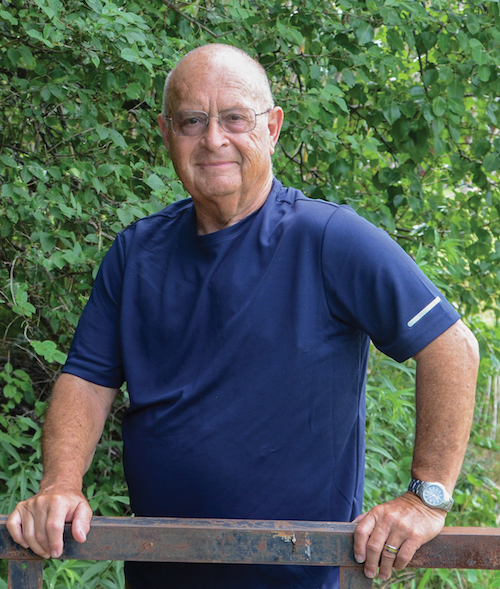AgZen, a Boston-based startup backed by venture firm Material Impact, has fielded a bolt-on system that works on any sprayer regardless of brand or configuration. The system, named RealCoverage, enables what AgZen CEO Vishnu Jayaprakash calls feedback-optimized spraying.
Jayaprakash says the technology was a proof-of-concept project for another product, EnhanceCoverage, which the company plans to launch in 2025. AgZen’s founders developed RealCoverage as they discussed their novel cloaked adjuvant technology, EnhanceCoverage, with researchers and growers.
“Nearly all seemed very interested in how we knew our cloaked-adjuvant plans would help them,” he says. “We realized we had no answer and needed to develop a diagnostic tool to prove what current spray technology was doing as droplets encountered the canopy leaves. RealCoverage was the technology that emerged, and immediately became a primary product to prove the benefits of EnhanceCoverage.”
RealCoverage is busy on 65,000 acres across the U.S. this season, and quickly proved itself over the past 3 years in commercial farm trials and pilot projects in the U.S. and Europe. Jayaprakash says it showed spray efficiency improvements from 30-50% with no yield drag.
“Until now, farmers have lacked the technology to accurately monitor how well applications are covering their crops…”
Monitoring Applications. The system uses a pair of on-board sensor stacks, one monitoring canopy leaves ahead of the sprayer nozzle and one behind the nozzle to monitor actual droplet coverage patterns on the plants. Built-in artificial intelligence (AI) shows the operator exactly how much of each leaf has been covered by the spray and also computes how much those droplets will spread or evaporate, leading to a precise estimate of the total coverage. Signals from the AI-assisted system are fed to the in-cab tablet to make operational recommendations to the operator to better adjust field speed, boom height, nozzle selection and how many gallons of spray are best for a chemical mix on a particular acre of crop.
RealCoverage works with most rate controllers on the market via ISOBUS to directly control rates based on coverage, though most customers prefer to get recommendations and take action themselves. AgZen says retrofitting a sprayer to RealCoverage takes only about 3 hours.
“Until now, farmers have lacked the technology to accurately monitor how well applications are covering their crops, forcing them to rely on personal experience and rules of thumb in making decisions,” Jayaprakash says. “As a result, it’s difficult to know how to be efficient while applying these chemicals, leading to excessive chemical costs and subsequent runoff into the soil and waterways.”
He says by focusing on the droplet-leaf interface, RealCoverage can help improve any foliage spray throughout the season, whereas most technological advances in this realm recently have been reducing herbicide use alone.
“We have already leased this system across 65,000 acres this year,” Jayaprakash says, noting the lease agreement represents a lease-to-own arrangement for the retrofit sensors and related software.
EnhanceCoverage. Once AgZen has proven the effectiveness of using leaf coverage as a decision metric, and after the RealCoverage system is in widespread use, the company plans to roll out EnhanceCoverage in 2025. This system modifies the dynamic surface tension of spray materials, along with related nozzling hardware, to encapsulate a liquid chemical and water droplet with an adjuvant that will improve leaf adhesion and coverage upon contact.
Jayaprakash says the synergy of combining the two systems — coverage measurements and improved product adhesion to the leaf surface — should provide even greater efficiencies to grower operators making numerous field applications to their crops each year.
Company co-founder Kripa Varanasi says AgZen has been tasked by the USDA to help evaluate practices to minimize pesticides in watersheds. He predicts RealCoverage will also be useful for regulators, chemical companies and farm equipment manufacturers as application efficiencies climb, altering the status quo of today’s application standards.
“For nearly 80 years, farm chemical application has been made on a gallons per acre basis,” Jayaprakash says. “We want to see that change with our products to a droplets per leaf equation. The benefits to growers and the environment will likely be immense.”




![[Technology Corner] Discussing AI’s Potential Impact on Service & Support](https://www.precisionfarmingdealer.com/ext/resources/2025/04/11/Discussing-AIs-Potential-Impact-on-Service--Support.png?height=290&t=1744385717&width=400)


